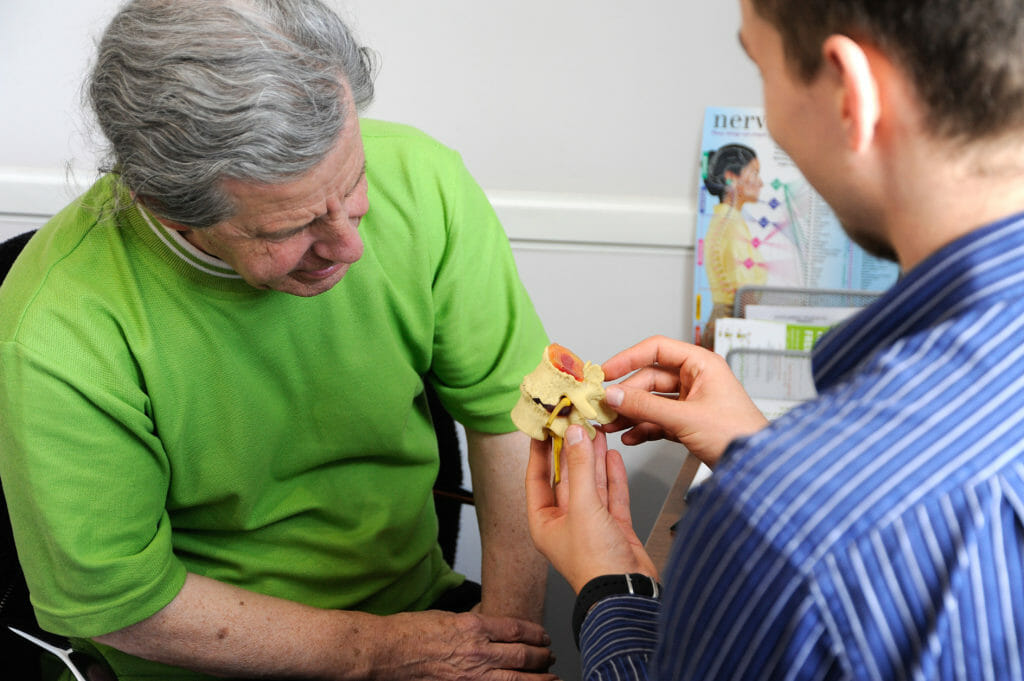
So how is an adjustment actually helping the body? Most of us have unfortunately experienced pain that becomes an interference, some more than others. In these cases, we of course feel the need to alleviate pain as quickly as possible. While this is one of the aims of our care, it’s not actually our main goal.
Do we need a body M.O.T?
Look at it as how we treat our cars. There are a lot of things we proactively do to make sure our cars run well.
We change the oil, restore tyre pressures…
This helps prevent mishaps where possible, but it is still important to keep up with services and M.O.T’s.
In the same way, our bodies need the right nutrition, good movement and emotional welfare… but also a good M.O.T every so often.
Chiropractors are likened to mechanics of the spine.
Even when everything feels ‘O.K’, they can ensure the spine is functioning properly before the development of pain.

How does this work?

The Chiropractic adjustment provides a sudden stretch to the muscles around the spine which restores normal muscle control and reduces pain.
The Reality Check
 Dr Heidi Haavik uses a great analogy to this in her book ‘The Reality Check’. Imagine you are walking down a corridor that you have walked through for years. You are so familiar with the corridor that if the lights went out, you could walk through that corridor without walking into anything. Now imagine it’s pitch black and you go to walk down the corridor, but a bicycle has been left in the way. Unfortunately – this means you end up walking into the bicycle. Think of the bicycle as the dysfunction. It’s there without you knowing. It’s when you walk into it that the pain starts!
Dr Heidi Haavik uses a great analogy to this in her book ‘The Reality Check’. Imagine you are walking down a corridor that you have walked through for years. You are so familiar with the corridor that if the lights went out, you could walk through that corridor without walking into anything. Now imagine it’s pitch black and you go to walk down the corridor, but a bicycle has been left in the way. Unfortunately – this means you end up walking into the bicycle. Think of the bicycle as the dysfunction. It’s there without you knowing. It’s when you walk into it that the pain starts!
“When I first came to the clinic my neck was very painful and I constantly needed to move around as it hurt when I sat still for long periods of time. My treatments and massages have been fantastic and I am hardly ever in pain anymore. All of the SCC staff are so friendly and accommodating. I always feel very welcome whenever I visit.” Charlotte Cripps
At Spinal Care Clinics we are always here to help you! So, let us help you.
Call us to book a no obligation consultation


